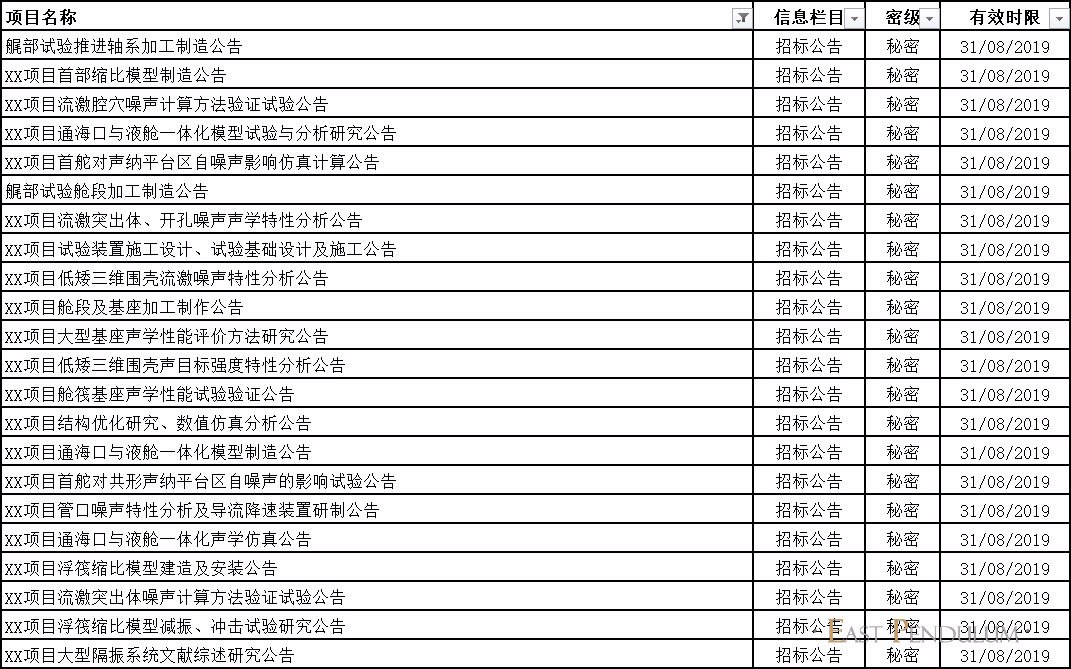Quick submarine calculation :
600 M/mm^2 steel, 10 /11 meter diameter, 300/600 meter diving deep:
600 meter diving deep, 12 metric ton for each meter of submarine
300 meter diving deep , 6 metric ton for each meter of submarine
Diameter increase proportionally increase the mass ( 11 meter --13.2 ton/m)
Means a 100 meter, 600 meter diving deep submarine hull on its own has a 1200 tons (0 safety margin : ) ) , and without any internal support structure and so on.
With 50% safety it become 2400 tons .
The same for 300 meter is 1200 tons.
For 600 meter the leftover non pressure vessel mass is 50 tons / meter.
The leftover mass can be used for machines, weapons, propulsion, sound damping and so on.
600 M/mm^2 steel, 10 /11 meter diameter, 300/600 meter diving deep:
600 meter diving deep, 12 metric ton for each meter of submarine
300 meter diving deep , 6 metric ton for each meter of submarine
Diameter increase proportionally increase the mass ( 11 meter --13.2 ton/m)
Means a 100 meter, 600 meter diving deep submarine hull on its own has a 1200 tons (0 safety margin : ) ) , and without any internal support structure and so on.
With 50% safety it become 2400 tons .
The same for 300 meter is 1200 tons.
For 600 meter the leftover non pressure vessel mass is 50 tons / meter.
The leftover mass can be used for machines, weapons, propulsion, sound damping and so on.

